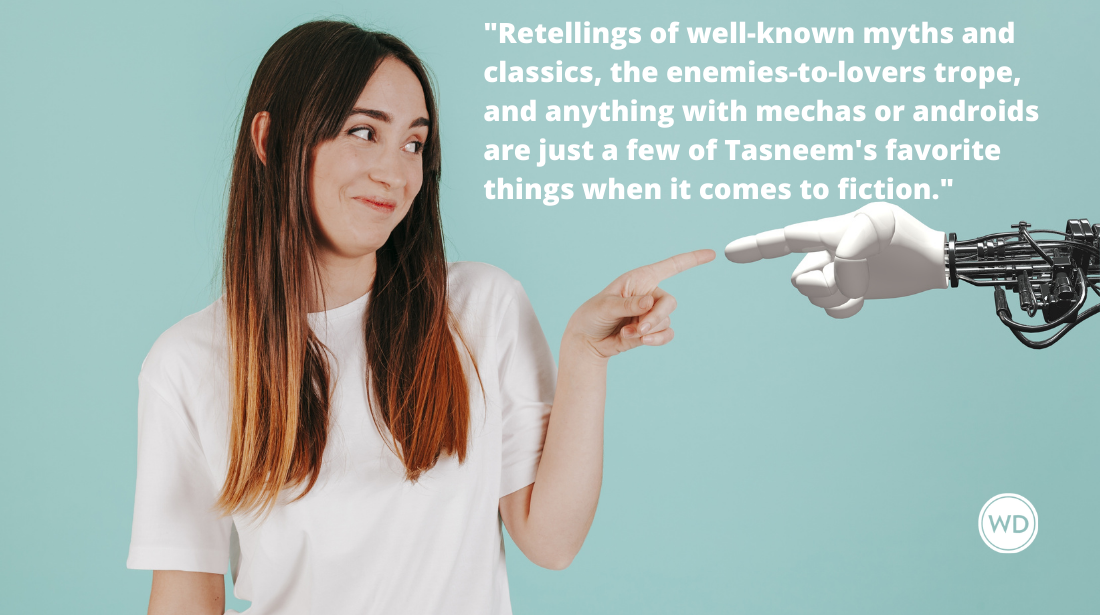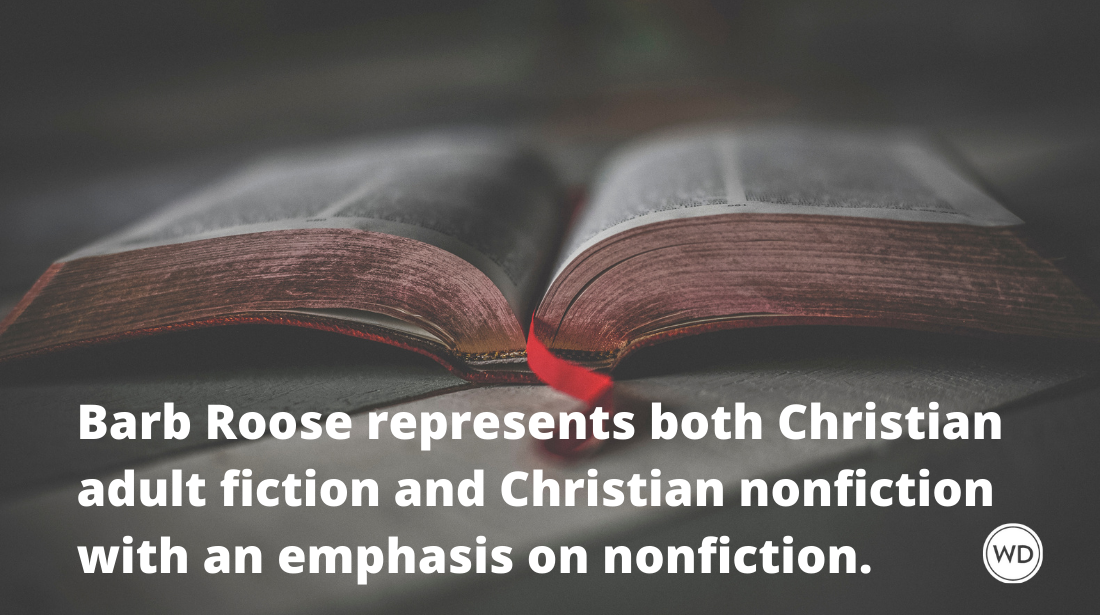New Adult: What Is It?
“Home” is such a simple word, at least on the surface. But where is home to a modern 24 year old? Is it the tiny apartment that she lovingly decorated with IKEA furniture and inexpensive trinkets from Target? Is it the two-story Victorian that he grew up in, where his parents still welcome him with open arms (and wallets)? Or is it that fuzzy future house he and she keep thinking about? The one they’re going to buy together a few years from now, with a big backyard for the Beagle they recently adopted and the little boy they both want someday. Guest column by Kristan Hoffman, freelance writer and designer. She’s a published columnist and aspiring YA novelist.
“Home” is such a simple word, at least on the surface. But where is home to a modern 24 year old? Is it the tiny apartment that she lovingly decorated with IKEA furniture and inexpensive trinkets from Target? Is it the two-story Victorian that he grew up in, where his parents still welcome him with open arms (and wallets)? Or is it that fuzzy future house he and she keep thinking about? The one they’re going to buy together a few years from now, with a big backyard for the Beagle they recently adopted and the little boy they both want someday.
These are the kinds of questions my friends and I are wrestling with as we transition out of school and into the Real World. It’s a strange time, because we’re technically adults, but most of us feel more like overgrown kids.
And that’s exactly the unique life period that New Adult fiction is intended to address.
“New Adult” is a term coined by Dan Weiss and his editorial assistant S. Jae-Jones (known as JJ). They are on a mission to discover and develop New Adult voices for St. Martin’s Press. To that end, they recently ran a contest for writers of New Adult fiction and ended up selecting 18 winners. Now they are reading partials of those 18 manuscripts, and one of them, happily, is mine.
While I calmly (hah!) sit and wait to find out if the St. Martin’s team is interested in reading more of my work, I find myself searching for the best way to explain New Adults and our fiction. It’s more difficult than I would have expected. In the end, I decided that the clearest explanation might be a composite. Here are a few quotes about the nuances of “New Adult,” accompanied by my thoughts as a New Adult person writing New Adult fiction.
THE CONCEPT
In the words of JJ at St. Martin’s, “New Adult is about young adulthood, when you are an adult but have not established your life as one (career, family, what-have-you).”
So, it’s about transition. The transformation from child to adult doesn’t happen overnight—just ask as anyone who is or has been (or is a parent to) a teenager. But the transition from teen to adult doesn’t happen overnight either. There’s a period of time where adulthood feels like a new pair of shoes. The expectations of independence and self-sufficiency are still new, still being broken in. New Adults are the people who have just begun to walk in those shoes; New Adult fiction is about their blisters and aches.
THE PROTAGONISTS
Writer and actress Adrienne Kress describes New Adult as “work that isn't quite adult and isn't really YA”—i.e., “college-age stories, or stories with individuals just out of high school.”
That puts New Adult protagonists in the range of 18 to 26 years old. (Earlier in history, adulthood may have started as early as 15 or 16, but I think you get the idea.) College, first jobs, first relationships, or marriage… There’s a lot that can happen when you’re 18-26, but the fact is, those same events feel very different at that age than they do at 12 or at 40. Because kids and teens focus on the present, while adults draw on their past experience to inform their present and future decisions. New Adults are somewhere in between. As the saying goes: old enough to know better, but still too young to care. That distinction might seem subtle, but it comes through loud and clear in the voice of New Adult fiction.
Now, obviously there have been protagonists aged 18-26 before. New Adult as a concept is not new, but recognizing and promoting it as a separate category is.
THE READERS
Agent Kristin Nelson explains that New Adult stories “will speak to older teens and twenty-somethings.” But then “where [do we] put these books so they can be found by the target audience. Does it go in the teen section or in the general fiction?”
The answer is that there is no answer yet. In an ideal world, New Adult fiction would go on a New Adult shelf, but that doesn’t exist in mainstream bookstores yet. Part of St. Martin’s mission is to help interested readers find these books, regardless of where they end up. The fact that these interested readers might hail from all different age groups makes the task more challenging, but perhaps also more rewarding.
St. Martin’s Weiss is an industry veteran, responsible for successful ventures such as the Sweet Valley High series and SparkNotes. He’s got a knack for understanding what niches are not being filled, which consumers aren’t being satisfied. If he believes New Adult fiction will have an audience, then I’m inclined to agree.
Especially since New Adult could offer a variety of “flavors.” Sci-fi, fantasy, romance, historical, thriller, literary … Just like the Young Adult umbrella, New Adult can (and probably will) cover all these genres and more.
THE BIG PICTURE
Finally, and my personal favorite, St. Martin’s Press VP Matthew Shear sums up New Adults—both its readers and protagonists—as “emerging adults who are navigating career, love and family in a 24/7 connected world.”
Exactly. In fact, that’s what I had in mind while writing Twenty-Somewhere, my New Adult manuscript currently under consideration by St. Martin’s. In Twenty-Somewhere, three best friends (Sophie, MJ, and Claudia) graduate from college, scatter across the globe, and begin their own careers and relationships. Despite their great differences and even greater distances, all three struggle through similar issues, and they struggle through them together. Because in this day and age, being close doesn’t require being nearby.
That brings us back to my original question: Where is home? For New Adults like me, I think the answer is again a composite. Home is the new apartment, the childhood residence, and the future house. For New Adult fiction, the only home right now is St. Martin’s Press. But if Weiss and JJ are successful, it’s only a matter of time before other publishing houses follow their lead. And when they do, I have no doubt that New Adult will find a home on a bookshelf of its very own.
Kristan Hoffman is a freelance writer and designer. She's a published columnist and aspiring YA novelist.See her website here.






